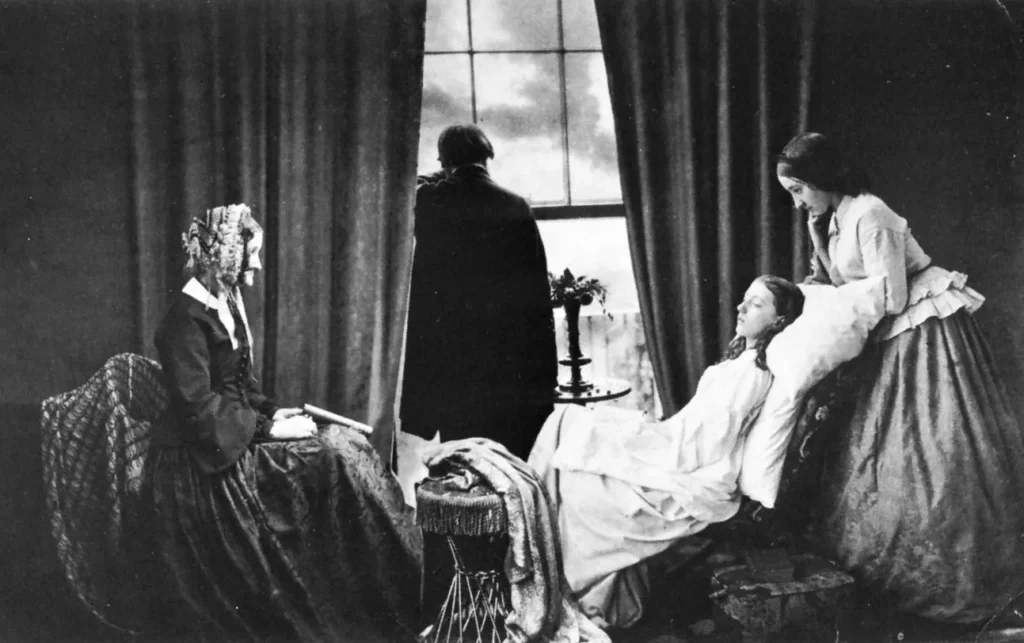Jul 3, 2024
Photography History and Influences
Photography’s evolution from early experiments to modern digital advancements has shaped visual culture, artistic expression, and societal perceptions. Exploring photography’s historical milestones, influential figures, and technological innovations provides insight into its transformative impact on communication, documentation, and artistic representation.
Pioneers and Early Innovations
Photography’s origins trace back to the early 19th century, marked by breakthroughs such as Joseph Nicéphore Niépce’s heliography in 1826, the first recorded photographic image. Louis Daguerre’s introduction of the daguerreotype in 1839 revolutionized image capture, offering clarity and detail previously unseen. Moreover, William Henry Fox Talbot’s development of the calotype process enabled multiple positive prints from a single negative, expanding photography’s accessibility and reproducibility.

Photography History and Influences
Evolution of Photographic Technology
Advancements in photographic technology have continually reshaped the medium’s capabilities and applications. The introduction of roll film by George Eastman in the late 19th century popularized handheld cameras, democratizing photography and enabling amateur enthusiasts to participate. Moreover, the development of color photography in the mid-20th century expanded creative possibilities, capturing vibrant hues and enhancing visual storytelling. Furthermore, digital photography’s emergence in the late 20th century marked a paradigm shift, offering instant image review, manipulation capabilities, and widespread accessibility through digital cameras and smartphones.
Cultural and Societal Impacts
Photography’s ability to capture reality and evoke emotions has profoundly influenced cultural perceptions and societal issues. Documentary photographers like Dorothea Lange and Lewis Hine used photography to expose social injustices and advocate for reform during periods of economic hardship and industrialization. Moreover, photojournalists such as Margaret Bourke-White and Robert Capa brought distant conflicts and human experiences into public consciousness, shaping global perspectives and fostering empathy. Additionally, fashion photography, advertising imagery, and fine art photography have contributed to visual trends, consumer culture, and artistic movements, influencing contemporary aesthetics and visual literacy.
Modern Trends and Movements
Contemporary photography reflects diverse perspectives, technological innovations, and global interconnectedness. Digital platforms and social media have democratized image sharing, empowering photographers to reach global audiences and engage in visual storytelling. Moreover, conceptual and experimental photography challenges traditional boundaries, exploring themes of identity, memory, and environmental sustainability. Furthermore, advancements in digital manipulation and virtual reality continue to redefine photographic practices, blurring distinctions between reality and imagination.
Conclusion
Photography’s rich history, technological evolution, and cultural impacts underscore its enduring significance as a powerful medium of visual expression and communication. From early pioneers and technological innovations to contemporary trends and global influences, photography continues to evolve, adapt, and inspire across diverse contexts and disciplines. By understanding photography’s past, embracing technological advancements, and exploring creative possibilities, photographers contribute to a dynamic visual landscape, capturing moments, shaping narratives, and influencing societal perceptions in an increasingly interconnected world.
More Details